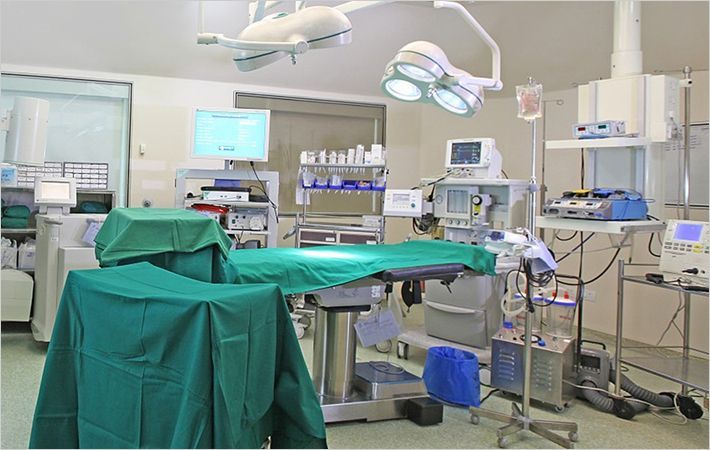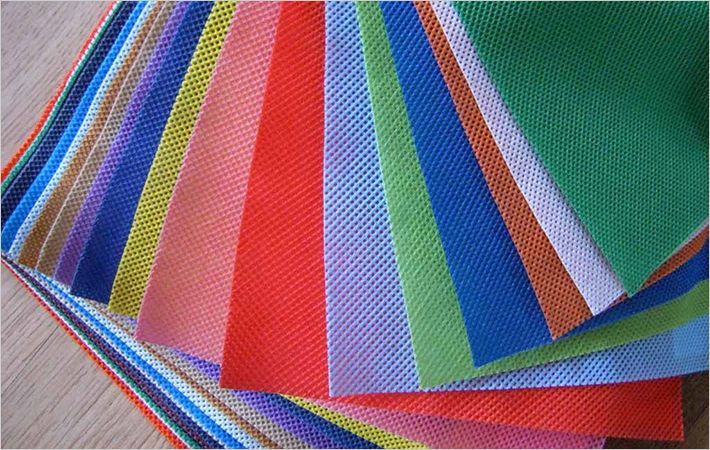Made with nanofibres extracted from Kevlar, the University of Michigan has developed a new battery technology that should be able to prevent the kind of fires that grounded Boeing 787 Dreamliners in 2013.
According to Michigan University, the innovation is an advanced barrier between the electrodes in a lithium-ion battery.Made with nanofibres extracted from Kevlar, the University of Michigan has developed a new battery technology that should be able to prevent the kind #
Made with nanofibres extracted from Kevlar, the tough material in bulletproof vests, the barrier stifles the growth of metal tendrils that can become unwanted pathways for electrical current.
The team of researchers also founded Elegus Technologies to bring this research from the lab to market and mass production is expected to begin in the fourth quarter 2016.
"Unlike other ultra strong materials such as carbon nanotubes, Kevlar is an insulator," said Nicholas Kotov, the Joseph B and Florence Cejka Professor of Engineering.
He added, "This property is perfect for separators that need to prevent shorting between two electrodes."
Lithium-ion batteries work by shuttling lithium ions from one electrode to the other. This creates a charge imbalance, and since electrons can't go through the membrane between the electrodes, they go through a circuit instead and do something useful on the way.
But if the holes in the membrane are too big, the lithium atoms can build themselves into fern-like structures, called dendrites, which eventually poke through the membrane.
“If they reach the other electrode, the electrons have a path within the battery, shorting out the circuit and this is how the battery fires on the Boeing 787 are thought to have started,” a press release of the University informs.
"The fern shape is particularly difficult to stop because of its nanoscale tip," said Siu On Tung, a graduate student in Kotov's lab, as well as chief technology officer at Elegus.
"It was very important that the fibres formed smaller pores than the tip size," he too added.
While the widths of pores in other membranes are a few hundred nanometers, or a few hundred-thousandths of a centimeter, the pores in the membrane developed at U-M are 15-to-20 nanometers across.
They are large enough to let individual lithium ions pass, but small enough to block the 20-to-50-nanometer tips of the fern-structures.
The researchers made the membrane by layering the fibers on top of each other in thin sheets.
This method keeps the chain-like molecules in the plastic stretched out, which is important for good lithium-ion conductivity between the electrodes, Tung said.
"The special feature of this material is we can make it very thin, so we can get more energy into the same battery cell size, or we can shrink the cell size," said Dan VanderLey, an engineer who helped found Elegus.
Thirty companies have requested samples of the material.

